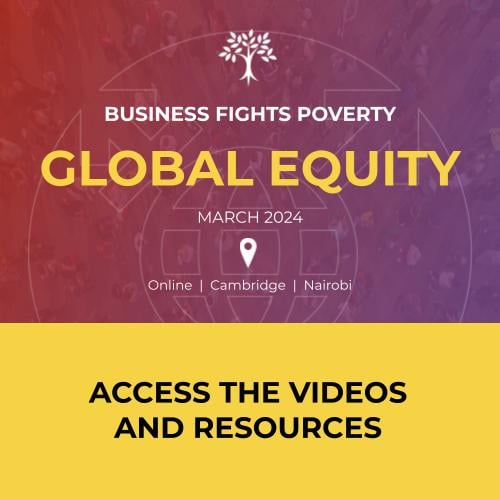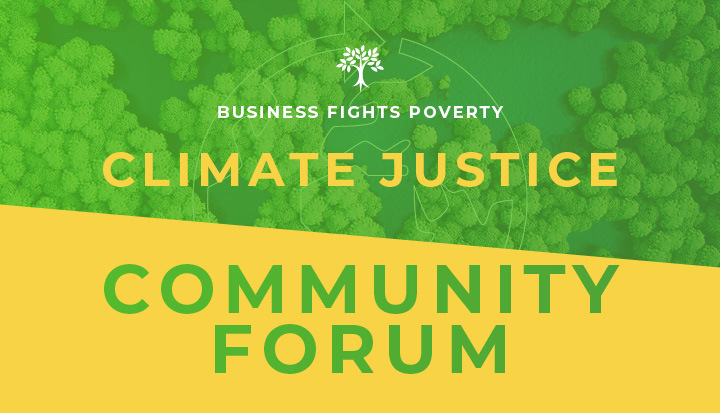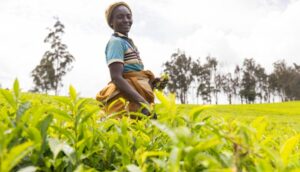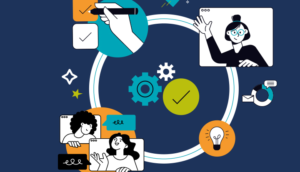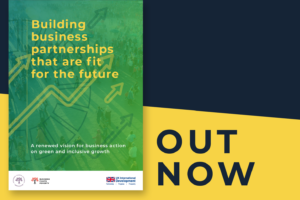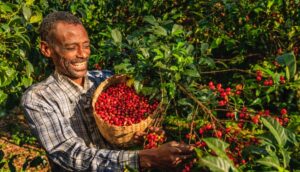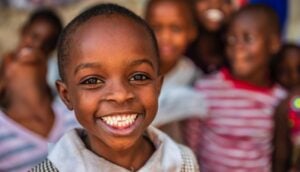By Fiona Jarden, Financial Inclusion Advocacy and Policy Adviser, CARE International UK
Demand for financial services from low-income groups is at an all-time high. Some of that demand is by informal savings and loans groups – including CARE’s 5 million Village Savings and Loan Association members – who want access to quality group bank accounts and mobile-based solutions. East Africa is leading the world in setting up informal savings groups and linking them to formal financial services. The recent East Africa Linkage Summit provided exactly the kinds of insights that other regions can learn from to scale up financial inclusion in 2017.
What was so unique about the CARE-led Nairobi summit (held in December 2016) was how it brought together customers with bankers, policy makers, regulators and development partners to work through practical solutions for bringing millions more low-income people into the realm of financial inclusion – first through access to informal, and then formal financial services.
Across Kenya, Uganda, Tanzania, Burundi and Rwanda, market size estimates suggest 762,000 informal savings groups (18 million people) are saving $455 million a year (World Bank, SAVIX), and financial service providers offer more group products and services in this region than anywhere else in the world.
The methodology has been proven to provide financial stability for the poorest people and to have women’s empowerment impacts too. This is why the new UN High Level Panel on Women’s Economic Empowerment report has made a call to action for governments, civil society and businesses to promote savings groups to help speed up informal and formal financial inclusion outcomes.
Here are five key Summit insights revealing why East Africa is leading the way on financial inclusion.
1. East African banks have made banking savings groups part of their core business strategy
‘We expect to make 15 million revenue from banking savings groups in 2017’ – banker, East Africa Linkage Summit attendee
‘There is a strong business case [to bank savings groups], not just on lending, but on savings side’ – banker, Summit attendee
Banks and other financial service providers are actively going after this market segment, for two key reasons. Firstly, to mobilise deposits. Banks and micro-finance institutions (MFIs) from Kenya, Rwanda, Tanzania and Uganda said they all ‘highly appreciated’ the deposits savings groups brought in, providing banks with liquidity they can then onward lend to SMEs. Customers at the event provided confirmation of the large amount of deposits they bring in. Rose, a CARE Village Savings and Loan Association member and smallholder farmer from Western Kenya, said her group deposited US$10,500 in their Equity Bank account last year alone.
The second key reason banks target this market segment is to attract good quality customers. According to the banks, groups are transacting often, never default on loans and take up more products and services. Key to this is training. CARE’s project data shows trained groups have a 246% higher savings balance than untrained groups. According to one banker, highly trained reliable customers were the ‘strongest value proposition to the bank’.
2. Achieving scale though mobile-based solutions
‘I realised you need a Mobile Network Operator to reach the people. You cannot do it through a branch to reach the people’ – banker, Summit attendee
‘It costs a lot for groups to get to a branch’ – Moline, savings group member, Summit attendee
Travelling to the nearest bank branch can be difficult and costly for rural and low-income groups, and banks struggle with the cost and congestion problems of serving groups at branches. Customers felt (and banks agreed) that mobile-based solutions – including access to mobile money/bank agents – were critical to overcoming blockages and achieving scale. Several commercial banks attending were either partnering with an MNO or had acquired their own MNO platform to offer a mobile-based solution to customers to overcome proximity and cost-to-serve barriers. This was highly appreciated by customers. Speaking at the summit, Rose (a savings group member from Kenya) shared how her Equitel mobile app enabled her to access her group account in a ‘very safe’ way with ‘no charges’.
3. There are more appropriate group products on the market than anywhere else in the world
‘With our bank there is no minimum deposit, or balance. They offered cheque books and there was no ledger fee’ – Moline, savings group member from Western Kenya, Summit attendee
Most banks and MFIs attending the Summit offered a group savings product that had low or no fees, required minimum balances, and offset products with value-adding features or services.
(Source: State of Linkage Report, 2016)
Tanzania, Kenya and Uganda alone offer 40% of all of Africa’s group savings and credit products (State of Linkage Report, 2016). Nearly two-thirds of all linkage products identified are found in sub-Saharan Africa, while Asia-Pacific and Latin America account for 29% and 6% of linkage products, respectively. There is also high demand from group-based customers in East Africa, with more than 18 million savings and loan group members in East Africa alone (country-level Finscope data plus Savix).
4. They are getting the policy and regulatory environment right
‘We see groups as an important part of our strategy’ – regulator, Tanzania
All East African governments represented at the Summit said they saw groups as an important platform for accelerating financial inclusion in their countries, and some suggested savings groups would soon be recognised in their national financial inclusion strategies, as the government of Rwanda has done. Overcoming proximity issues, simplifying registration and Know Your Customer processes, and scaling up financial literacy were considered high priority issues by governments.
5. Industries are working together to reach more of the unbanked
The Summit was an inspiring, uplifting moment for industry leaders in East Africa to reflect how far they have come in the past five years to make linkage a reality for the unbanked. The event show-cased what can be achieved when financial service providers, NGOs, group members and policy makers collaborate with customers to design suitable models that work for informal groups in a way that enables more groups to responsibly link to formal financial services.
Overcoming current constraints to scale
There have been great leaps in East Africa to bank the unbanked and there remains a tremendous opportunity to scale up savings groups to reach more of the 350 million people across the continent who lack access to financial services.
Key to achieving this will mean overcoming constraints to scale, many of which surfaced during the December Summit. Key priorities included addressing the cost and complexity of group regulations and KYC; elevating consumer protection and transparency to be front and centre of efforts to link informal savings groups to formal institutions; and extending digital solutions to customers while mitigating and responding to fraud and risks of adopting digital financial services. There was a strong call to strengthen the sustainability of the model by financial service providers and governments bearing more of the costs for training and linking groups.
CARE believes coordinated action is critical for achieving scale. We will continue to work with the private sector, governments, development partners and women’s groups to ensure that the transformational power of Village Savings and Loan Associations can be realised by more East Africans and in other contexts. This is why we are exploring options to create a new global partnership to bank the poorest and you can read our full recommendations here on how this can be achieved. We believe all actors have a key role to play – and that is why we want to work together to ensure that no one is left behind.
This article first appeared on CARE International and is reproduced with permission.


